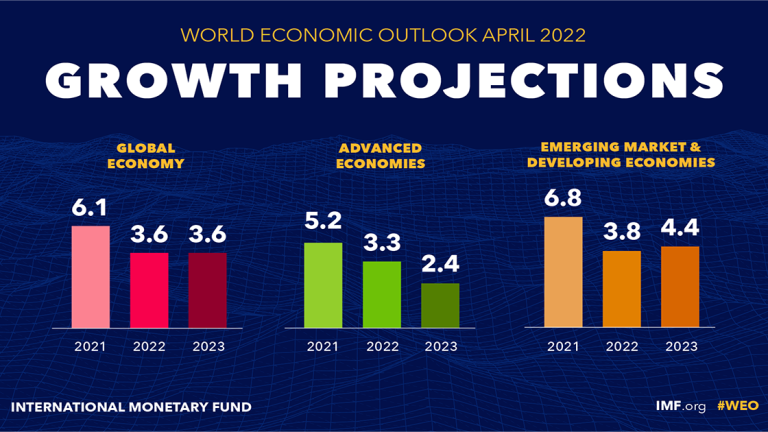Introduction: The latest economic forecast has sent ripples across global financial markets, with investors and policymakers closely examining the implications for growth, inflation, and monetary policy. This article explores the diverse reactions in major markets around the world, including the stock, bond, and commodity sectors, and discusses potential strategies for investors in light of these developments. For those new to investing, exploring user-friendly investment apps for beginners can provide valuable insights and tools to navigate these dynamic market conditions effectively.
Impact on Major Economies:
- United States: The forecast predicts a moderate slowdown in economic growth, which has led to a cautious response from Wall Street. Equity markets saw a slight decline, while the bond market experienced a drop in yields, indicating a move towards safer investments. Investors are particularly attentive to the Federal Reserve’s potential response, which might include a reassessment of interest rate hikes.
- European Union: Europe’s response was more pronounced due to existing economic pressures from energy costs and political instability. Stock markets across major European capitals dipped, with investors showing concern over a potential recession. The European Central Bank might be forced to balance between controlling inflation and supporting growth, complicating its policy decisions.
- Asia-Pacific: In contrast, markets in the Asia-Pacific region showed resilience, with some markets even posting gains. Economies like China and India displayed robustness, likely due to domestic economic policies and less direct impact from Western economic turbulence. The positive outlook in this region may attract more global investments as investors seek growth opportunities.
Sector-Specific Reactions:
- Technology Sector: Tech stocks were volatile, reflecting concerns about global supply chain disruptions and potential decreases in consumer spending. However, some major tech firms could benefit from increased demand for remote working technologies and digital services.
- Energy Sector: The forecast has led to mixed reactions in the energy sector, with oil prices fluctuating due to uncertainty about global economic growth and subsequent demand. Renewable energy stocks, however, saw an uptick, driven by long-term policies supporting green energy transitions.
- Consumer Goods: Consumer staples generally performed better, considered safe havens during economic uncertainties. In contrast, luxury and non-essential goods faced declines, reflecting potential cutbacks in consumer spending.
Investor Strategies: Given the uncertain landscape, investors might consider the following strategies:
- Diversification: Spreading investments across various sectors and regions to mitigate risks associated with any single market.
- Focus on Value: Looking for companies with solid fundamentals that are likely undervalued in the current market.
- Safe Havens: Increasing allocations to safer assets like gold and government bonds can protect capital during turbulent times.
Conclusion: The latest economic forecast has prompted a varied response from global markets, underscoring the interconnected nature of today’s economies. While the overall sentiment is cautious, regions and sectors show different levels of impact and potential for resilience. Investors and policymakers must remain vigilant, adapting strategies to navigate the ongoing uncertainty effectively. Moving forward, the key will be to monitor further economic indicators and central bank responses to ensure alignment with the evolving economic landscape.

